El Arenal: Romanesque church of Saint John of Orejana
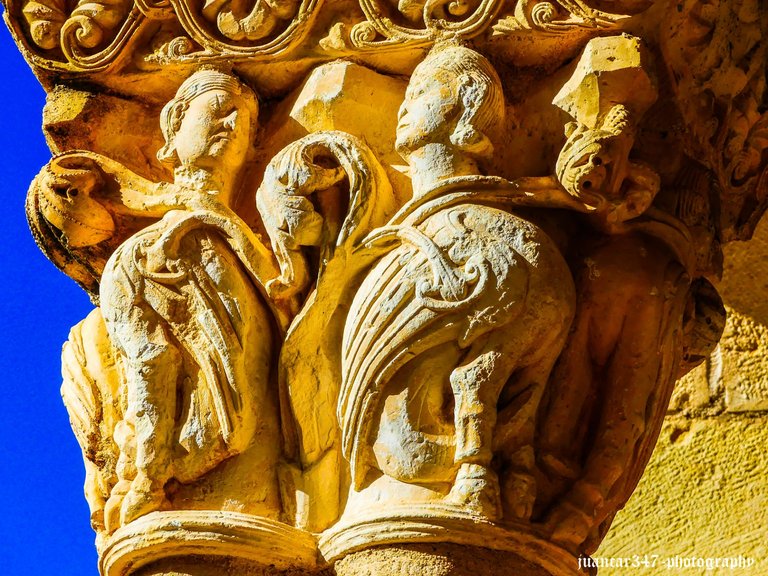
The Castilian Plateau and its peculiar circumstances, full of small towns and picturesque places, where it is often difficult not to encounter those fragments of History, derived, essentially, from its art, its architecture and of course, its tradition.

The traveler whose interests and hobbies are directed in that direction will, without a doubt, find in it a true vein, which will not only enrich his knowledge, but will also provide a pleasant perspective to his sense of adventure.
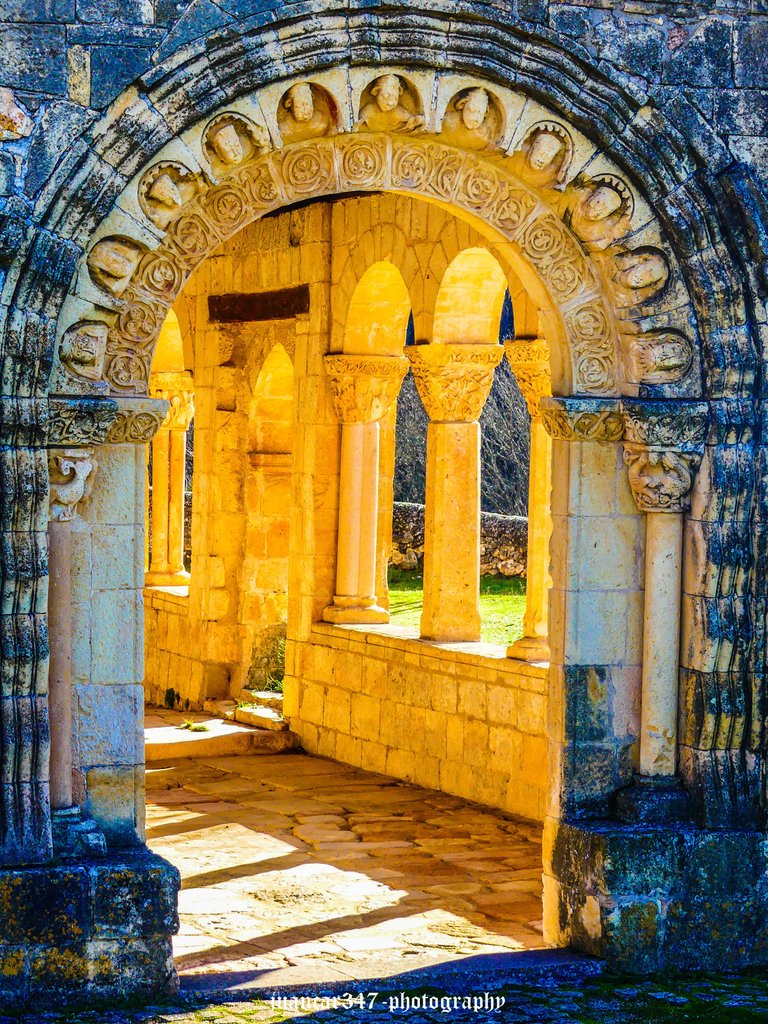
The land of Segovia, as a whole, is a whole universe to discover, because not in vain, its artistic and cultural heritage is one of the most outstanding in Spain and in terms of period architectural art it refers, above all, to that known as Romanesque, its breadth and richness are, indisputably, spectacular.

From those famous workshops of medieval stonemasons, who, following the vicissitudes of an important historical period known as the Reconquista, descended from the misty mountains of the north, settling in the recovered territories and collaborating with their mastery to repopulate them, the Segovia's legendary lands constitute a true treasure to discover.

In this sense, one of the most beautiful and, at the same time, most genuine temples of its passage through the region, is this one that I have the pleasure of presenting to you today and which is known by the name of Saint John of Orejana.

Located on the outskirts of the town of El Arenal, practically next to a regional road, which, in a matter of a few kilometers, leads the traveler to places of cultural interest, such as the hermitage of the Virgen de la Vega, in Requijada and a little more, onwards, to picturesque and culturally interesting towns, such as Pedraza - a place that, due to its medieval characteristics, for several consecutive years was chosen to present the announcement of the Christmas Lottery - this temple, dedicated to the figure of Saint John the Baptist, maintains still, to a large extent, its original structure.

A structure, in which stands out, as is usual within the Romanesque of Segovia, its peculiar porticoed gallery, in which, observing the particularities added to its outstanding sculpture, the attentive observer will be able to realize that he is facing another of the innumerable traces of stonemasons' workshops that were especially prolific in the Sepúlveda area and its surroundings.
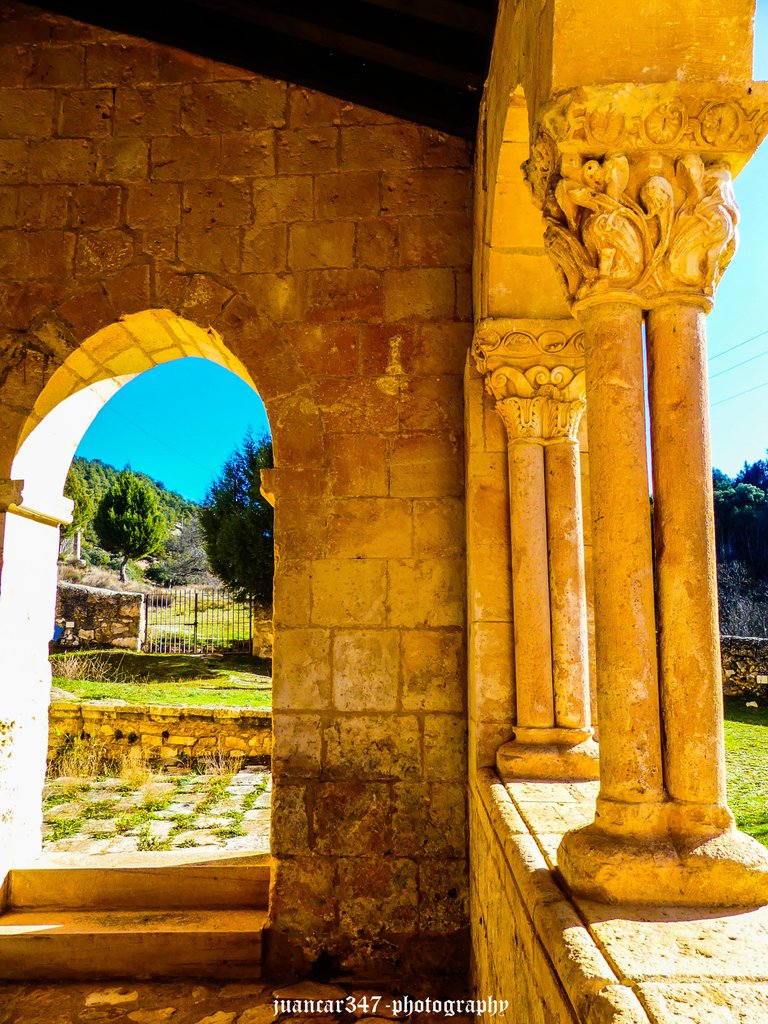
What is striking, in addition to the porticoed gallery - where the insistence on themes framed within tendril backgrounds, such as the facing goats or the presence of an unusual Crucifixion, is notable - is the presence of a good number of faces, of different kinds, which, located around the arch, offer us an idea of the social position of the undaunted models, a decorative resource that is usually common in numerous of the temples located throughout this unique territory.

Another characteristic worth admiring and also common to numerous similar temples in Segovia, is the considerable and vertiginous height of its bell tower, a detail that also indicates another of the added functions of this type of temple and architecture: the lookout, although, in this case, it seems to have been remodeled in times after its construction and is located, unusually, attached to the apse or head, hiding part of it, which offers a peculiar appearance in the main complex of the temple.
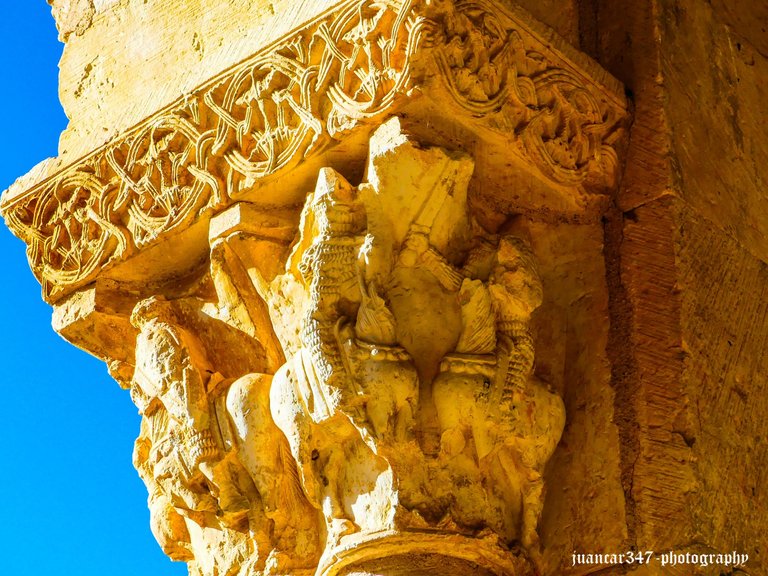
A headboard, in which, in addition, notable modifications can be seen, such as the inclusion of windows, which, of course, diminish its original originality, although not enough to prevent us from admiring the beauty that is still maintained as a whole.

Another detail that is worth observing is that the flooring of its gallery, facing south, maintains the original medieval paving, in which you can still see some stones carved with motifs that perhaps originally belonged to some lauda of Roman origin and therefore, much older, reused as filler.

A few meters from the temple is the small municipal cemetery and nearby, several stone crosses commemorate the movement of pilgrims, who, going up to the north along the different paths, joined the main pilgrimage routes heading towards Compostela.

In short: we have, in the temple of San Juan de Orejana, one of those magnificent examples of Romanesque architecture, whose beauty, enigmas and details, will not disappoint, in any way, the most demanding artistic palate.

RELATED MOVIE:
NOTICE: Both the text, the accompanying photographs, as well as the video that illustrates it, are my exclusive intellectual property and are therefore subject to my Copyright.

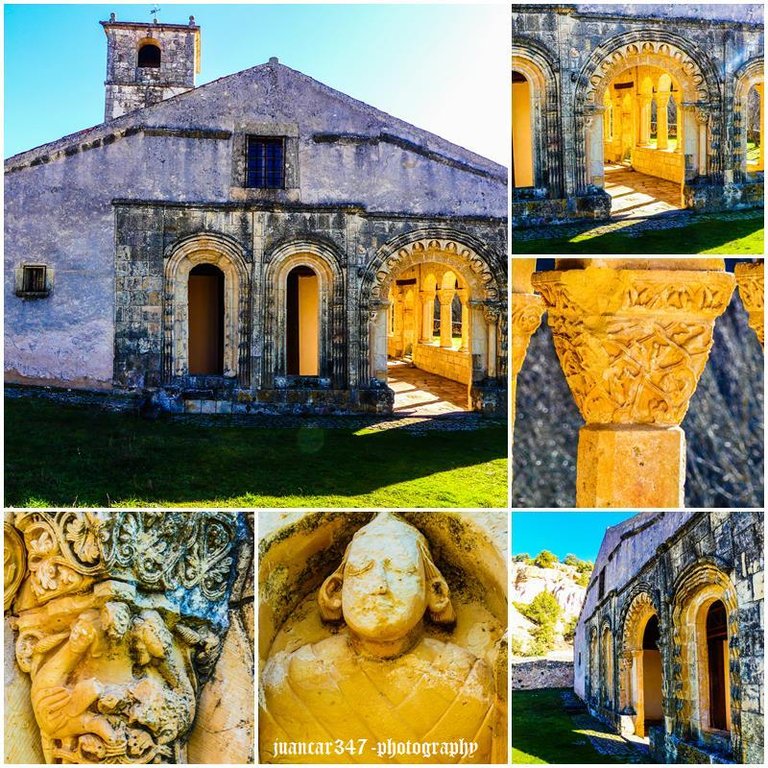
I really love the construction and the structure of this building
They are certainly interesting and harmonious constructions. At least in my opinion.
The Castilian Plateau is really a nice place
I love the sculpture of the building
It looks nice
Well, it is a wide territory in which you can find everything and that, in one way or another, always surprises you.
Have a good day, friend
Congratulations @juancar347! You received the biggest smile and some love from TravelFeed! Keep up the amazing blog. 😍 Your post was also chosen as top pick of the day and is now featured on the TravelFeed front page.
Thanks for using TravelFeed!
@for91days (TravelFeed team)
PS: Why not share your blog posts to your family and friends with the convenient sharing buttons on TravelFeed?
Thank-you very much
Such type of church are really impressive due to its historical and architecture values.
It was the most popular architectural art in the West for centuries.
https://twitter.com/lee19389/status/1763284357320425942
#hive #posh
Wow these pictures are really mind blowing I must actually confess
Thank-you
Congratulations, your post has been added to Pinmapple! 🎉🥳🍍
Did you know you have your own profile map?
And every post has their own map too!
Want to have your post on the map too?
Thank-you very much